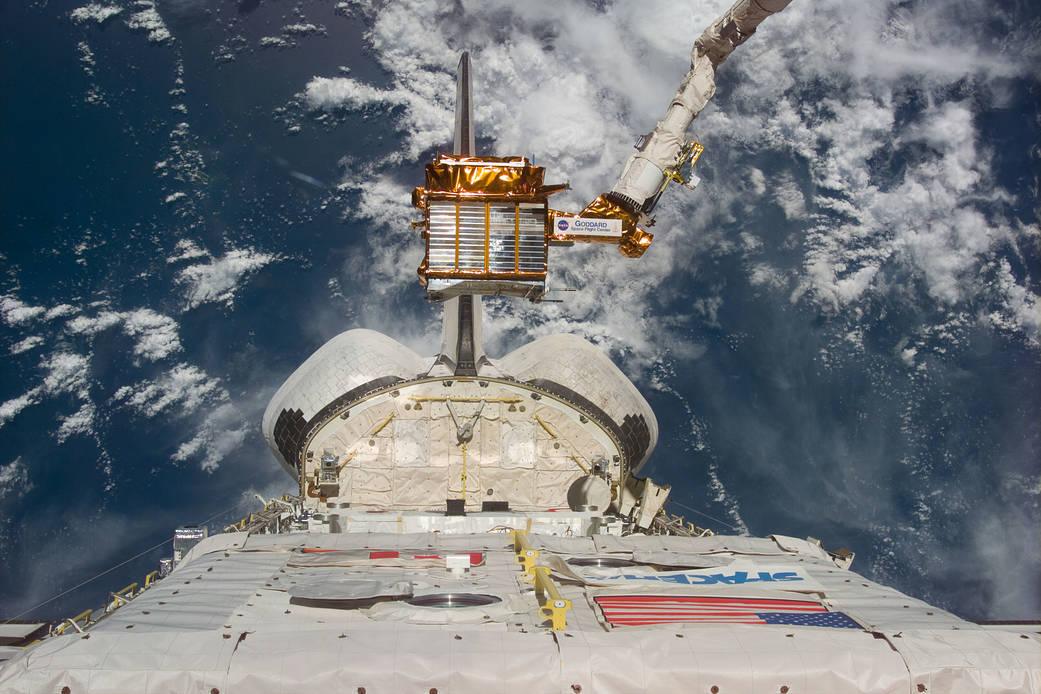The Future of Spacecraft: Innovations and Current Missions

Introduction
Spacecraft technology has become a pivotal aspect of modern space exploration, playing a crucial role in expanding our understanding of the universe. As we advance further into the 21st century, the development and deployment of new spacecraft are essential for a range of missions, from scientific research to commercial space travel. With notable investments from both governmental agencies and private enterprises, innovations in spacecraft design and functionality are transforming the landscape of space exploration.
Recent Advancements in Spacecraft Technology
One of the most significant developments has been NASA’s Artemis programme, aimed at returning humans to the Moon by 2024 using the Orion spacecraft. This vehicle, designed for deep-space missions, represents a leap in technology with its ability to carry astronauts beyond low Earth orbit for extended periods.
Additionally, SpaceX has made headlines with its Starship spacecraft, currently undergoing rigorous testing phases. Starship aims not only to carry astronauts to the Moon and eventually Mars but also intends to revolutionise how we travel in space with its fully reusable launch system.
International Collaborations
International collaboration is a critical theme in the current era of spacecraft development. The European Space Agency (ESA) and other national space organisations are increasingly partnering on missions, sharing technology, resources, and expertise. The recent success of the James Webb Space Telescope, a joint venture between NASA, ESA, and the Canadian Space Agency, underscores how collaborative efforts can lead to significant advancements in space science and exploration.
Commercial Spacecraft and the New Era of Space Travel
The advent of commercial spacecraft is poised to change the dynamics of space travel. Companies like Blue Origin and Virgin Galactic are leading the charge, developing spacecraft that aim to make space travel accessible to civilians. Their successful test flights pave the way for a new industry focused on space tourism and research opportunities for non-professionals.
Conclusion
The rapid advancements in spacecraft technology hold immense significance for the future of space exploration. As missions to the Moon, Mars, and beyond become more commonplace, the potential for scientific discovery and commercialisation of space travel expands. These innovations not only promise to enhance our understanding of the universe but also inspire a new generation of scientists, engineers, and space enthusiasts. The future of spacecraft is indeed bright, signalling an exciting era in our quest to explore the cosmos.
